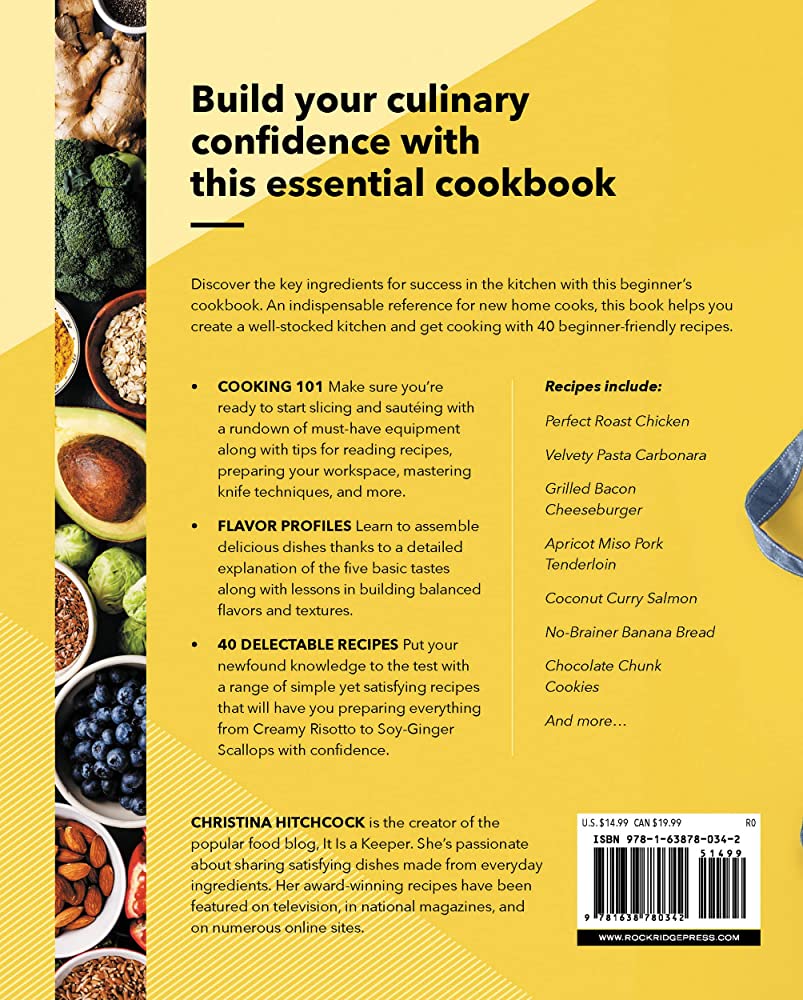Sautéing is a quick and easy cooking method that involves cooking food quickly in a shallow pan over high heat. To properly sauté food, you’ll need a sauté pan, spatula, heat source, and oil or butter. Tips for beginners include prepping ingredients, seasoning, using a hot pan, avoiding overcrowding, stirring frequently, and being mindful of cooking time. Sautéing is a versatile technique that can be used to cook vegetables, meats, and seafood, resulting in perfectly cooked and flavorful dishes.
Sautéing 101: Essential Tips for Perfectly Cooked Dishes
What is Sautéing?
Sautéing is a cooking method that involves cooking food quickly in a shallow pan over high heat. It’s a great way to cook vegetables, meats, and seafood, and it’s a staple technique in many cuisines around the world. Sautéing is different from other cooking methods such as frying, which involves cooking food in oil, or boiling, which involves cooking food in a liquid.
Equipment Needed for Sautéing
To properly sauté food, you’ll need a few basic pieces of equipment:
- A sauté pan or skillet: The pan should be large enough to hold your ingredients without crowding.
- A spatula: A spatula is essential for flipping and stirring ingredients as they cook.
- A heat source: Sautéing requires high heat, so make sure your stove can get hot enough.
- Oil or butter: You’ll need a small amount of oil or butter to lubricate the pan and prevent sticking.
Tips for Beginners
Prepping Ingredients:
Before you start cooking, make sure to prep all of your ingredients. Chop vegetables into bite-sized pieces, cut meat into thin strips, and clean and devein shrimp or other seafood. This will make the cooking process much smoother and reduce the risk of burning or overcooking.
Seasoning:
Don’t forget to season your ingredients with salt and pepper before you start cooking. This will help bring out the flavors of your ingredients and prevent the dish from tasting bland.
Hot Pan:
Make sure your pan is hot before adding any ingredients. You can tell if the pan is hot enough by hovering your hand over it – if you can feel the heat emanating from the pan, it’s ready to use. Adding ingredients to a cold pan will cause them to steam instead of sear, resulting in soggy, unappetizing food.
Oil or Butter:
Use a small amount of oil or butter to lubricate the pan and prevent sticking. You can use any type of oil you prefer, such as olive oil, vegetable oil, or coconut oil. If using butter, make sure to use unsalted butter to prevent the dish from becoming too salty.
Don’t Overcrowd:
Don’t overcrowd the pan with too many ingredients. This will cause the temperature of the pan to drop and prevent the food from properly searing. If you have a lot of ingredients, sauté them in batches or use a larger pan.
Stirring:
Stirring is essential for even cooking. Use a spatula to flip and stir the ingredients as they cook. This will ensure that all sides of the food are cooked evenly.
Time:
Don’t overcook your food. Sautéing is a quick cooking method, so be mindful of the time. Meats should be cooked to the appropriate safe temperature, but vegetables and seafood should only be cooked until they are tender-crisp. Overcooking can result in mushy or charred food.
Conclusion
Sautéing is a versatile and easy cooking technique that can be used to create a wide variety of delicious dishes. With these tips and tricks for beginners, you’ll be able to sauté like a pro in no time. Remember to prep your ingredients, use a hot pan, and stir frequently for perfectly cooked and flavorful dishes.
